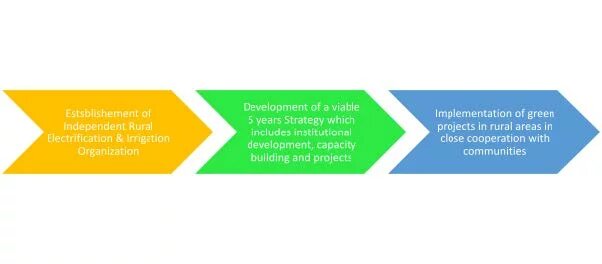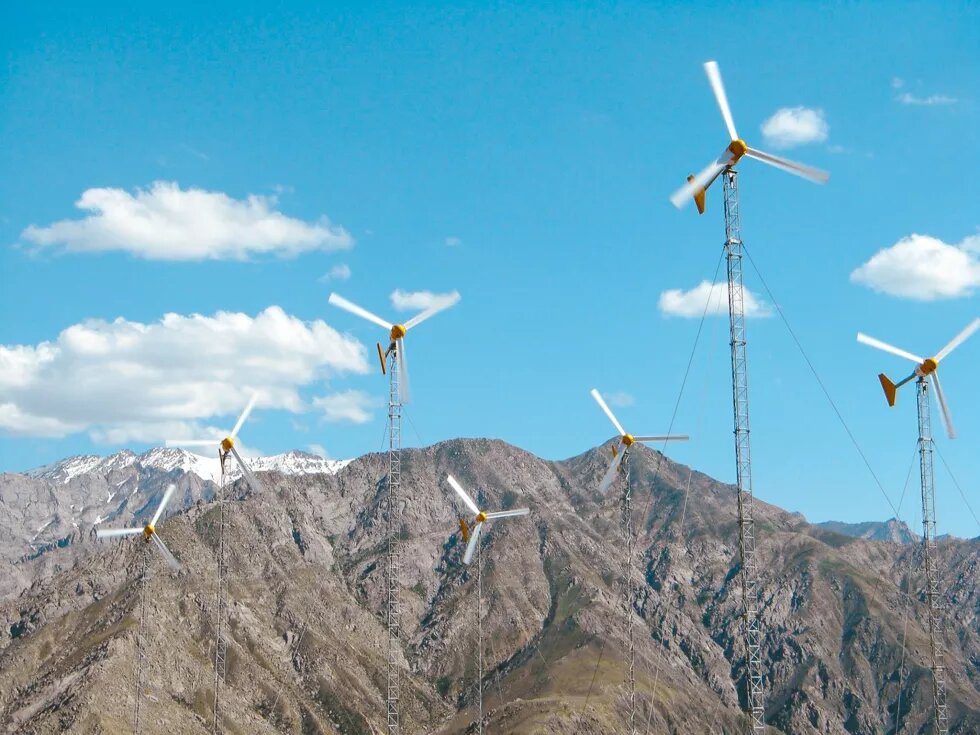

Since the state collapse on 15th August 2021 and the subsequent taking over by the Taliban, Afghanistan has disappeared from the development agenda. Currently, international cooperation is limited to humanitarian aid through UN agencies and NGOs to prevent a humanitarian disaster in the county. Although necessary, humanitarian aid is insufficient and will not contribute much to an economic revival in the country.
Previously one of the focus areas of donor agencies, the power sector today is isolated, and the activities of the power utility, DABS, are limited to O&M services. Moreover, the most talented employees have left the sector to work with non-governmental NGOs or migrate to Europe and North America. The deficit (revenue vs. expenditure) from August 2021 to May 2022 stands at 35% (DABS, 2022). Considering the current economic situation
https://documents1.worldbank.org/curated/en/099639310132296613/pdf/IDU0…
In addition to the financial crisis, over 75% of Afghanistan's electricity is still supplied by the neighboring countries-Central Asia and Iran. The utility cannot pay the regional power suppliers due to the current sanction on the country's banking system. Although there are some options on the table, up to now, there have been no practical steps visible to resolve this issue. The risk that the neighboring countries may cut the power supply to Afghanistan is imminent. If this happens, it will deepen the current crisis and lead to a collapse of almost all remaining public services.
Because the De-Facto Authority (DFA) in Kabul could not fulfill the people's and international community's demands
The question is how to support the people and ensure the economic revival and, in particular, the continuation of the power supply without risking empowering the DFA in Kabul.
Despite the developments over the last two decades, only 35 % of Afghans are connected to the grid. Although the electrification rate is indicated at 97 % (World Bank, 2019)[4], this is limited in most cases to lighting. Most rural areas in Afghanistan, accounting for 75 % of the population, are not connected to the grid. The power supply is limited to self-made solar PV rooftop systems, which cannot be used for productive use to support economic activities.
A viable solution could be to support sustainable rural electrification programs, focusing on solar PV and mini hydropower systems. Even multipurpose use of the systems- power generation and irrigation- is feasible, which will not only supply the people with electricity and enhance local economic activities but will also contribute to paving the way for a green transition in the country.
The German Development Agency- Deutsche Gesellschaft für Internationale Zusammenarbeit ( GIZ)- has implemented several community-led micro-hydropower and solar PV systems in northern Afghanistan (Energypedia, 2022) that have proven successful. Even during the Republic (2001-2021), local people operated and maintained these systems and were completely independent in O&M and revenue collection. This model can be replicated for other provinces to facilitate community-based green power generation in rural areas. In addition, other similar rural electrification models implemented in the region, such as the rural electrification model of Bangladesh, can also be contemplated for implementation in Afghanistan.
Considering the country´s vulnerability toward droughts, not only the electricity supply but also the supply of water for irrigation purposes should be contemplated.
The establishment of an independent rural electrification and irrigation institution, without the involvement of the current DFA, can be the first step to institutionalizing a sustainable energy transition in rural Afghanistan. The community’s direct participation and representation in the institutional arrangements can strengthen the institution and increase the effectiveness of the envisaged projects during planning and implementation. The operation and maintenance of the systems, including revenue collection, by the communities themselves will ensure operational efficiency and facilitate economic self-reliance contributing to poverty alleviation. In addition, transparency through the envisaged participatory approach will also increase and contribute to trust-building and peaceful co-existence in the communities. Since Jirgas (Councils) are an integral part of community engagement and conflict resolution in Afghan society, the proposed approach is not new to the people and can therefore contribute to the effective implementation of the concept.
The international community can provide the financial means for establishing independent institutions and support the institution in developing an inclusive and viable strategy for implementing renewable energy systems in rural areas of Afghanistan. This approach will not only supply reliable and affordable electricity and water for irrigation but will mitigate the vulnerability of climate change hazards for the people.
In addition to international donor agencies, regional countries and their non-governmental institutions can play a significant role in the success of this program by sharing knowledge and experiences on rural electrification and providing capacity-building measures to technical personnel, which should consist mainly of local people from the communities.
To ensure the independent nature of the program, donor agencies and international institutions interested in supporting the endeavor can set up a team of Afghan experts, supported by international colleagues, tasked with the development of a comprehensive strategy, which includes institutional development, capacity building on a local level and identification of projects.
The establishment of an independent institution for rural electrification and irrigation that covers over 75% of the population can be a significant step towards energy transition in Afghanistan, which will not only provide the people with electricity and water for irrigation but enhance economic activities in local communities and mitigate the adverse effects of climate change in the country.
Considering Afghanistan's current political and economic situation, establishing an independent body with direct engagement of communities is deemed to be the only feasible option to provide electricity and water for irrigation in a sustainable manner. Long-term commitment through developing a comprehensive strategy will safeguard the sustainability of the approach and ensure the set objectives in terms of economic development and mitigation of climate change effects.
The availability of reliable electricity and water for irrigation will create employment opportunities, particularly for the youth, mitigating the risk of being recruited by insurgent groups and reducing the flow of poverty and climate change-induced migration.
Bibliography
DABS (2022) DABS Financial Data without Graphs. Kabul: Da Afghanistan Breshna Sherkat
Energypedia (2022).Micro Hydro Power and Productive Use Promotion, Available at: https://energypedia.info/wiki/Micro_Hydro_Power_and_Productive_Use_Promotion_(GIZ_ESRA_Afghanistan) (Accessed 12 October 2022)
World Bank (2022) Afghanistan Development Update- Towards economic stabilization and recovery.
Available at: https://thedocs.worldbank.org/en/doc/5f01165822f3639224e0d483ba1861fc-0… (Accessed 5 October 2022)
World Bank, (2019). Openknowledge World Bank. [Online] ,Available at: https://data.worldbank.org/indicator/EG.ELC.ACCS.RU.ZS?end=2019&locations=AF&start=2005&view=chart (Accessed 25 September 2022).


